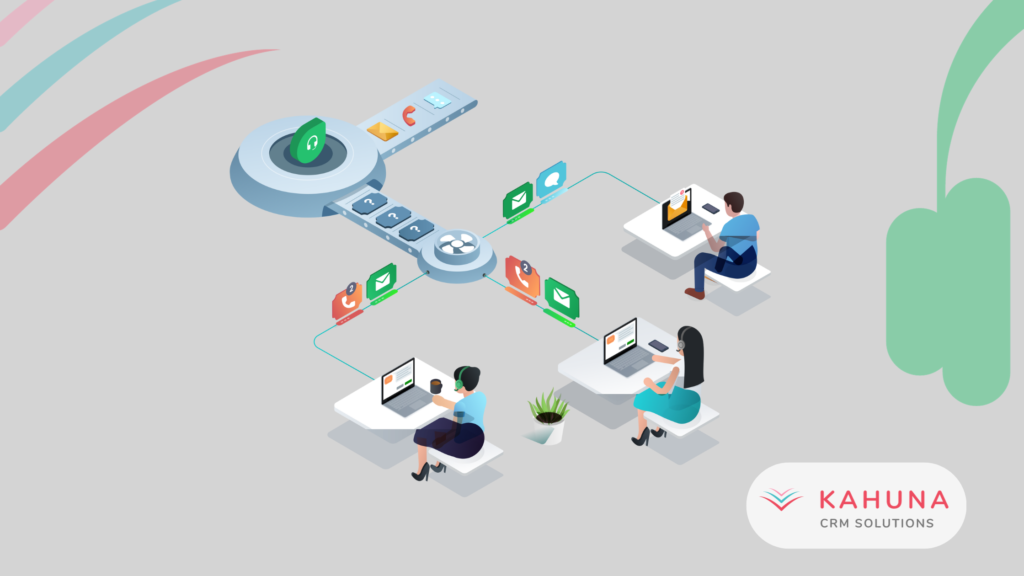Difference Between Help Desk and Service Desk
If you are looking for solutions to improve technical support in your company, chances are you have come across the terms “Help Desk” and “Service Desk”. While both are essential tools for ensuring effective management of internal and external customer inquiries and issues, there are notable differences between the two. In this article, we’ll look at the key differences between Help Desk and Service Desk to help you make the right decision for your business needs.
What is a Help Desk?
Help Desk is a platform focused on the resolution of users’ technical problems. Its main objective is to provide responsive and timely support to resolve user requests and problems. Usually, a Help Desk is used to manage support requests related to specific problems, such as hardware failures, software errors, or application-related questions.
What is a Service Desk?
The Service Desk is a larger and more complex system than the Help Desk. In addition to handling technical support requests, the Service Desk is designed to provide a more complete view of IT services within an organization. The Service Desk often integrates service management processes, allowing companies to offer IT services in a more structured and efficient way.
The main differences between the Help Desk and Service Desk
The main differences between the Help Desk and Service Desk can be summarized in the following points, helping to better understand which ones could be more suitable according to the specific needs of an organization.
| Characteristic | Help Desk (Freshdesk) | Service Desk (Freshservice) |
| Main goal | Quickly resolve technical issues for customers or internal users. | Provide a single point of contact to manage all IT service requests, including issues, services and other support requests. |
| Focus | Oriented towards technical support and resolution of specific problems. | Oriented towards IT service management based on ITIL best practices, covering multiple aspects of ITSM (IT Service Management). |
| Functionality | Ticket management, multi-channel support, workflow automation, knowledge base, reporting. | Incident management, problem, change, release, IT asset and lifecycle management, IT project management, custom dashboards and reports. |
| Implementation and Use | Simple to set up, intuitive for users, focused on simplifying daily operations. | More complex in initial setup given its extensive nature, but offers complete control and efficient management of IT resources. |
| User | Both internal (employees) and external (customers). | Mainly internal (employees), but can be extended to cover suppliers and partners. |
| Measurable Results | Response time, customer satisfaction, first contact resolution. | Operational efficiency, ITIL process compliance, continuous improvement of IT services. |
| Examples of Use | Customer support, management of technical assistance requests. | Overall IT management, including assets, changes, releases and IT projects. |
| Scalability | Suitable for businesses of all sizes that need efficient technical support. | Suitable for organizations requiring extensive, integrated IT management, often in larger settings with complex IT needs. |
Choose the Help Desk or Service Desk It depends on the specific needs of your company.If you need one solution to solve mainly technical problems, a help Desk might be enough. However, if you want a more complete management of IT services its greater automation of processes, and Service Desk might be the best choice. In any case, be sure to carefully evaluate your company’s needs before making a decision.



